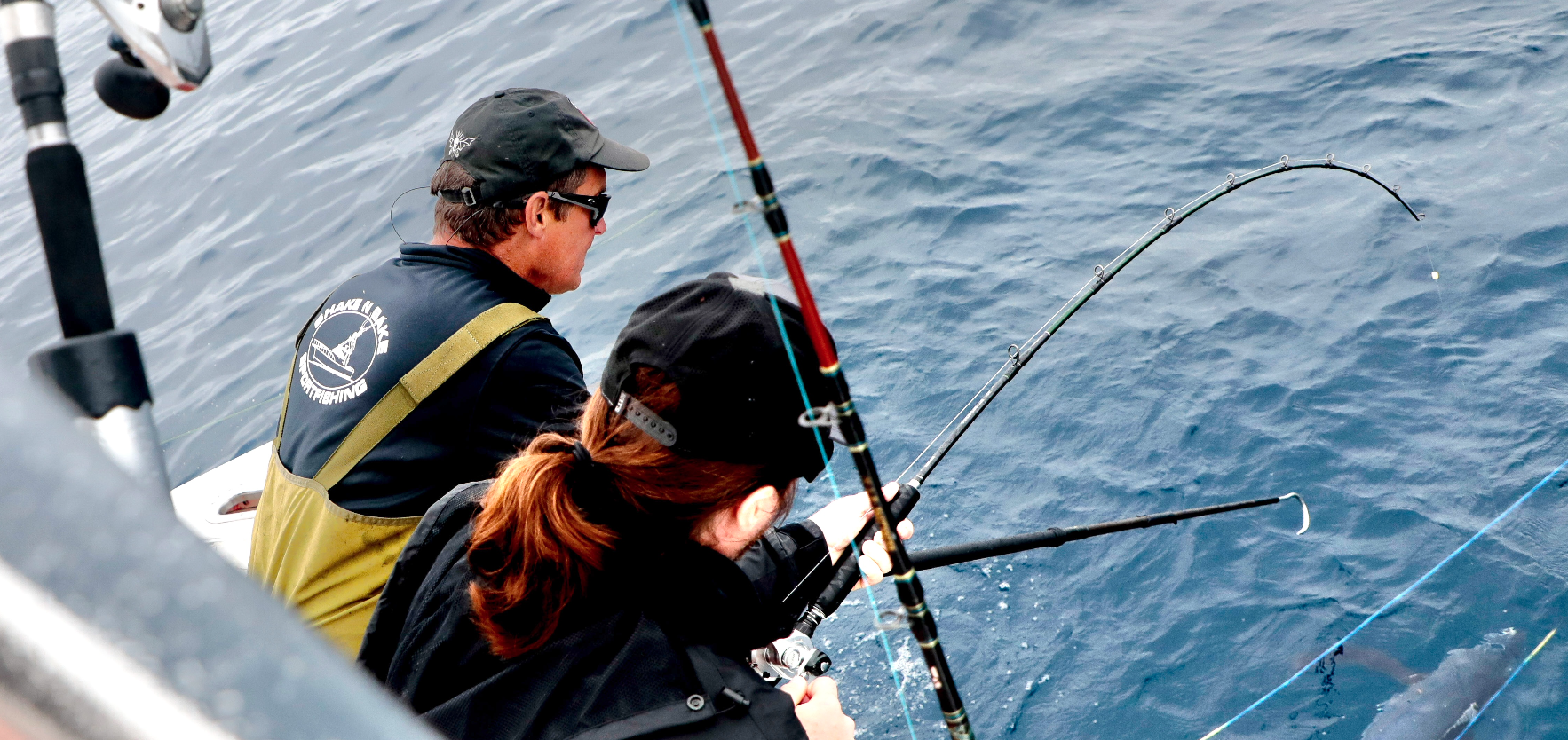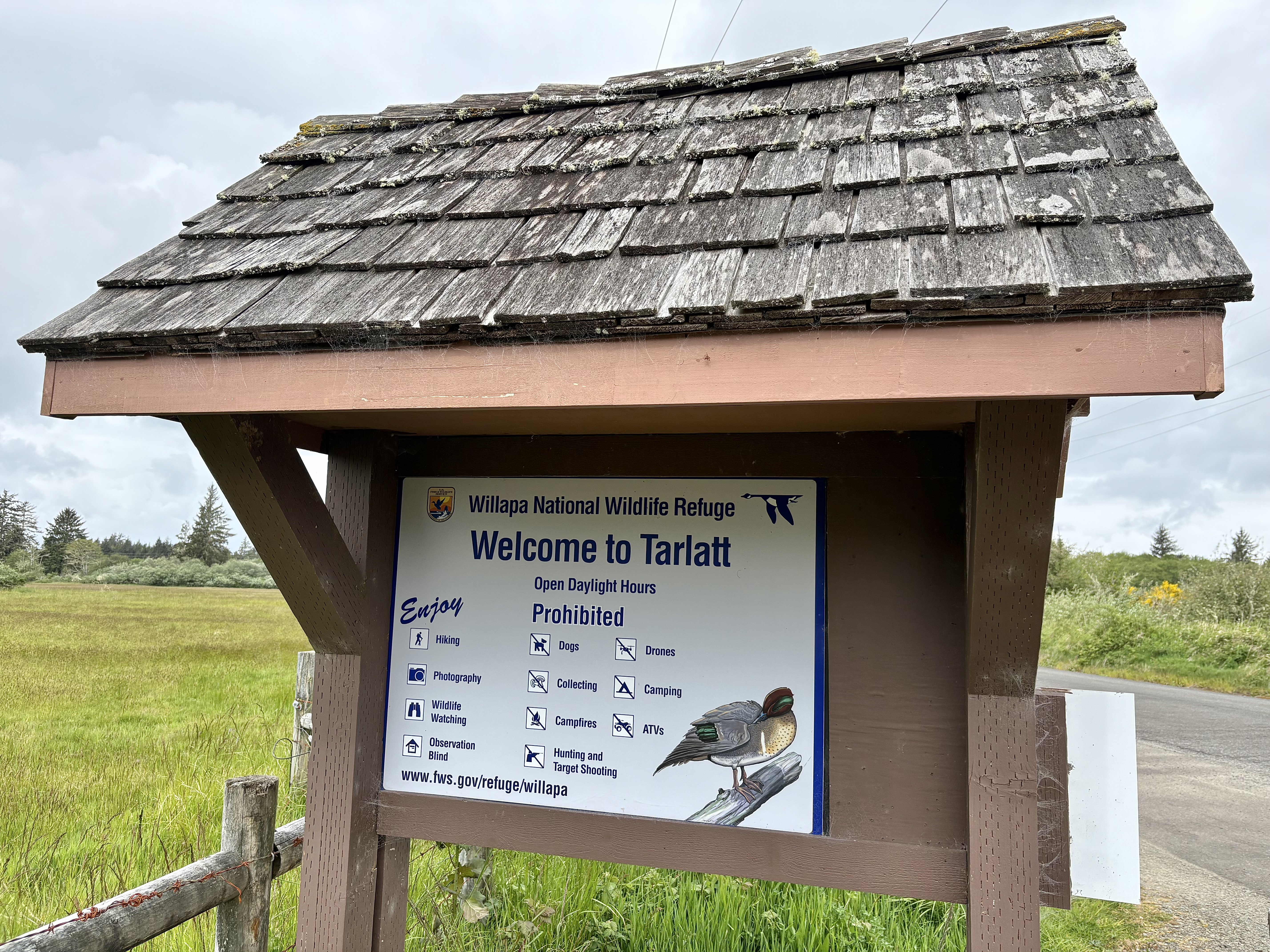Appeals court upholds pesticide restrictions near salmon streams
Published 5:00 pm Tuesday, July 5, 2005
SAN FRANCISCO – The Ninth Circuit Court of Appeals this week upheld a lower court ruling restricting the use of 38 pesticides near Northwest rivers and streams where salmon live.
Trending
The appeals court also upheld the requirement that point-of-sale warnings be posted for products containing pesticides that may harm salmon.
The Ninth Circuit said that “evidence in the record demonstrated a casual link between the 54 pesticide active ingredients . . .and adverse effects” on salmon. The appellate court said the district court issued “a series of well-crafted orders,” and allowed all parties, including pesticide makers, to present evidence on the effects of pesticides on salmon.
In 2002, a federal district court in Seattle ruled that the EPA was out of compliance with the Endangered Species Act because it failed to protect salmon from harmful pesticides.
Trending
The judge ordered the EPA to consult with NOAA Fisheries to establish permanent restrictions on the use of the pesticides to protect salmon. After the 2002 ruling, environmental and fishing groups asked the district court to order no-spray buffer zones while EPA and NMFS develop permanent restrictions. In January 2004 the court granted the request and ordered no-spray buffer zones.
This week’s ruling keeps in place no-spray buffers of 100 yards for aerial applications and 20 yards for ground applications, with exceptions for certain uses that are unlikely to pollute water or to control mosquitoes.
The court order also upholds a requirement that urban home and garden store customers throughout Washington, Oregon, and California be warned about the danger of using seven common pesticides known to harm salmon near streams where they live
The buffer zones apply to salmon streams that support threatened and endangered salmon throughout Washington, Oregon, and California.
Challengers to the lower court’s ruling argued that the lower court erred by giving the Environmental Protection Agency the burden of showing that its action were “non-jeopardizing” to endangered or threatened species. Rather, said the challengers, the lower court should have demanded that the plaintiffs demonstrate “imminent irreparable harm.”
The Appeals Court rejected that interpretation of the ESA. “Placing the burden on the acting agency to prove the action is non-jeopardizing is consistent with the purpose of the ESA and what we have termed its ‘institutionalized caution management.’
“The district court was not required to balance the interests in protecting endangered species against the costs of the injunction when crafting its scope. Congress has decided that under the ESA, the balance of hardships always tips sharply in favor of the endangered or threatened species,” said the appeals court.
For the full opinion go to (http://www.pesticide.org/9th_Opinion.pdf)









